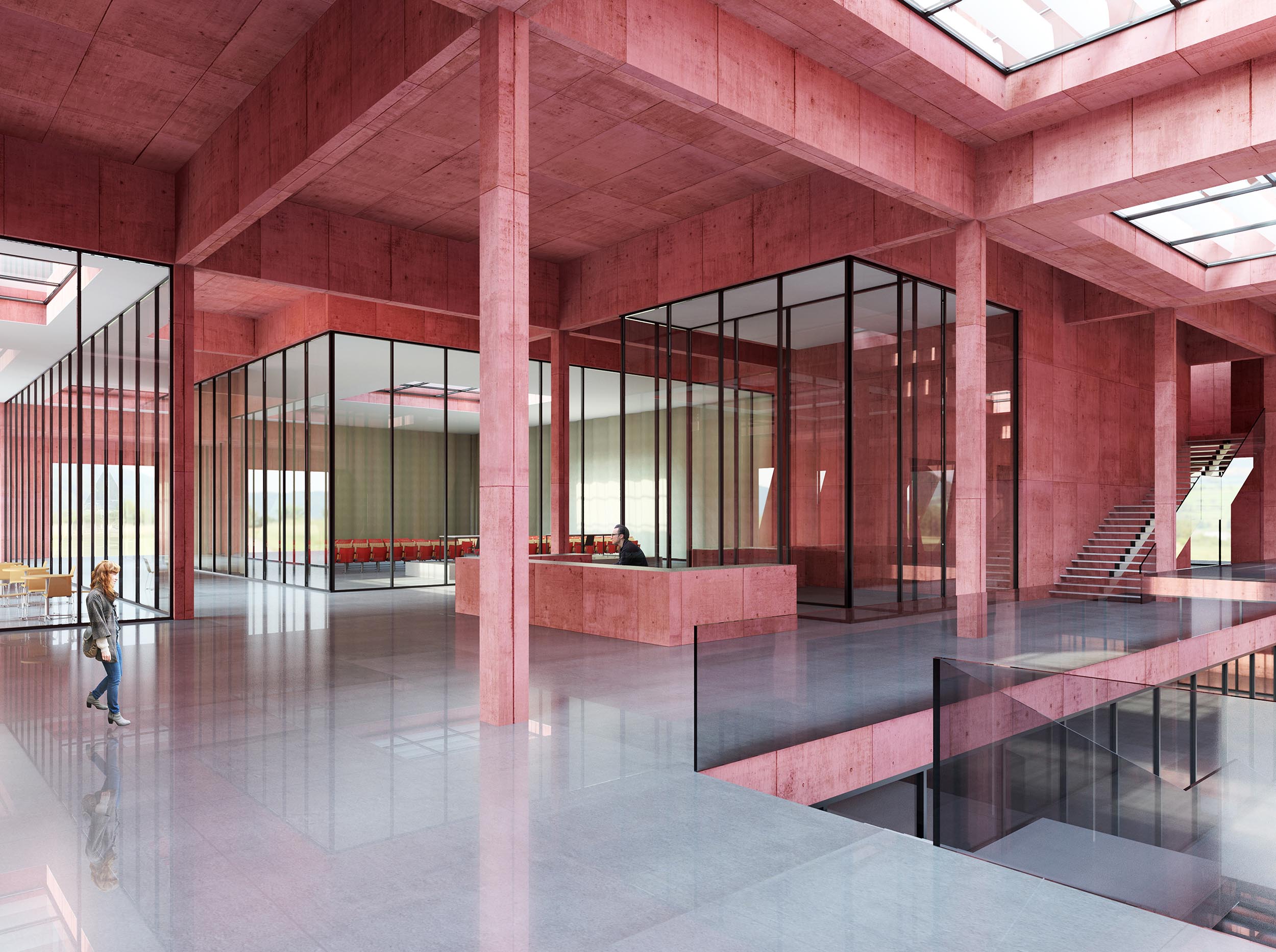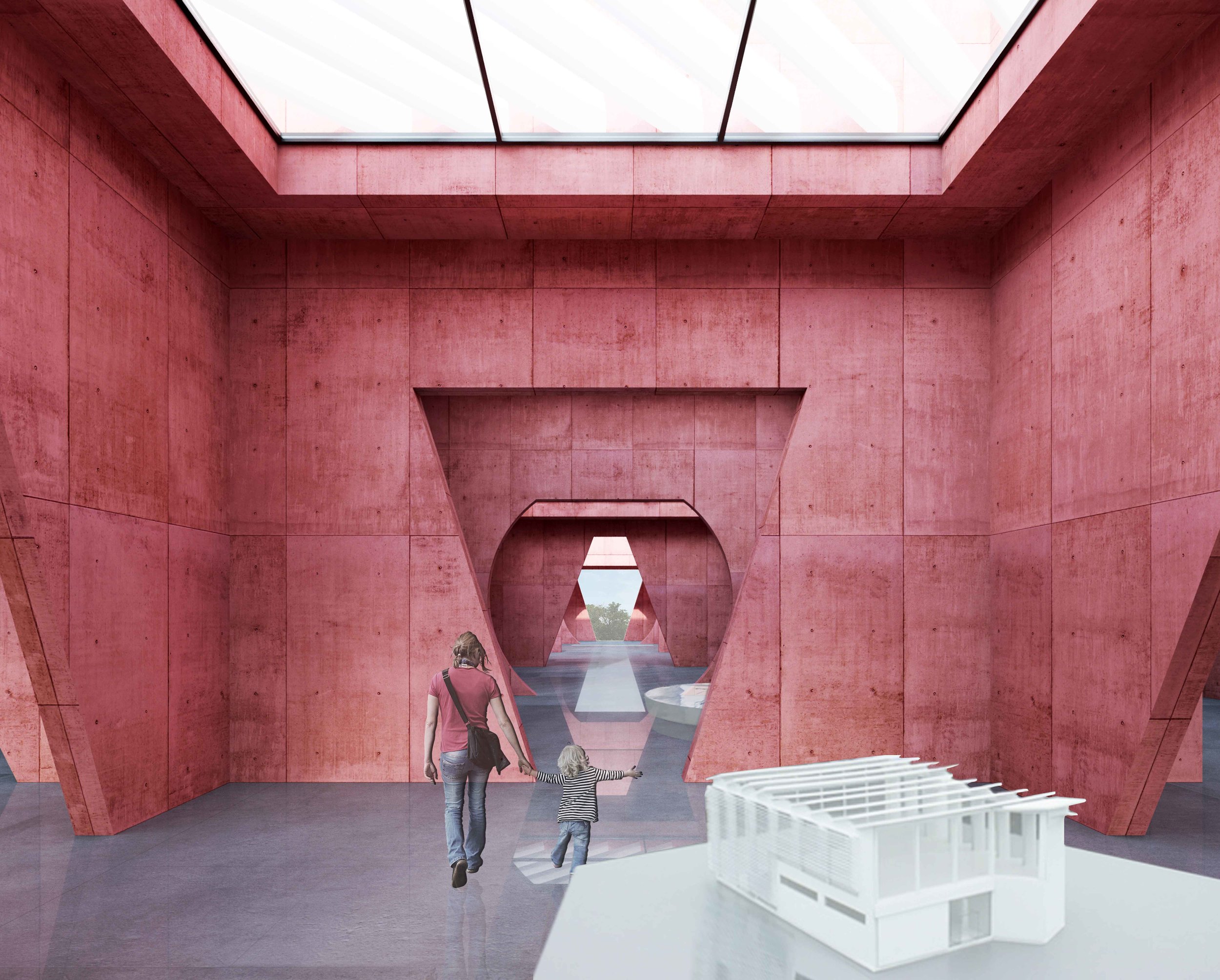Architecture and Photography Museums | Budapest
The museum as a liminal condition between landscape and the city.
We propose a linear and horizontal museum, conceived from inside out. Organizing the exhibition space on one floor. We propose a project that despite having two separate museums, imagine one as an extension of the other. The buildings construct the boundary between the park and the city, creating a continuous exposition space, a grid ordering the continuity between interior and exterior spaces.
The grid defines all identical rooms, where the human dimension relates to the scale of the landscape; rooms delimit an intimate space, where one enters into symbiosis with the artworks. The grid also draws the open space and public space organization.
The museum rooms grid becomes an apparently isotropic multidirectional space, able to allow a great flexibility. The grid system can be divided and opened all the time, according to the exhibition requirements.
Somewhere the sequence of rooms, within the regular grid, is interrupted by open air patios and other open empty rooms with water surfaces and rest areas. These spaces become real breaks along the exhibition path, bringing landscape and natural light inside the museum, for example in the hall the patio brings light in the basements.
Both museums are strictly related to the boulevard and the green area. This connection takes place with a inner covered walk that crosses the commercial areas, define the entries and organize people flows through the exposition spaces.
The porch, overlooking the existing garden, outlines the entire building. It is the outer extension of the main foyer: a transitional space establishing a relationship between the exterior and the interior, connecting the main museum spaces. It is meant to be opened to the city for special occasions in order to permit public events.
The Dòzsa Gyorgy boulevard it’s conceived as an extension of the museum, where the street becomes an exposition space.
The grid, is defined by two systems of mutually perpendicular walls. Simple geometric shapes are cut into the walls, each museums is characterized by a system of different walls cut.
In the photography museum walls are cutted in the corners in order to create system of diagonal crossings which consent large empty surfaces where to hang photos to. .
In the architecture museum instead the cuts are places in the centre of the walls. This in order to ensure a prospective system that guarantees a continuous vision of the exposition gallery, and the stands for model and drawings can be placed in the centre of the room.
Through the incisions in the walls, the room space expands, revealing the apparently endless dimension of the museum.
Some of the museum activities are placed in two high buildings that are meant as landmarks that underlines the entrance to the parc.



